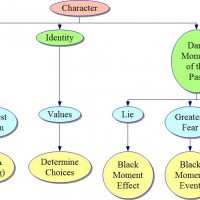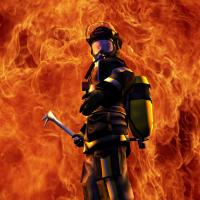“I hope you brought your calculator,” I said to Sally as I slid into the chair at the coffee shop. Presidents Day meant no school, and I noticed her two children playing in the reading nook in the corner. “I didn’t realize I needed to know math to write a novel,” she said, but pulled out a notebook. “That may be a deal killer.” I laughed. “I know I said we’d talk about heroes and heroines this week, but I thought it might help to fill in the gaps of Act 2. See, last week we talked about storyflow, and I taught you how to put together what I call the bookends – Act 1 and Act 3. But these two acts comprise only 30-40% of your story. For example, for […]
Read the RestArchive | How do I write Tension? RSS feed for this section

Conversations: Plotting Act 2

Quick skills: Character and Plotting
I’ve heard it said that the harder a book is to write, the easier it is to read. I’m not sure I agree. Yes, a book should cost the author pieces of their heart, but I’ve found that the more tangled my plot, the more complicated my character, the less popular my stories. As I’ve grown as an author and learned how to create simple yet powerful storylines and characters, the popularity of my books has also grown. As I’ve streamlined the process of plotting and characterization, the writing process has become easier, also. Sure, it’s still hard work, and still costs me pieces of my heart as I write emotion onto the page, but I know where I’m going and the plot is less tangled as I get there. The […]
Read the Rest
Quick Skills Class: Characterization and Core Identity
Are you creating a new character and trying to figure out how to make him/her different from every other character you’ve created? Try this – Instead of picking out a name from thin air and then attaching a bunch of characteristics to your paper doll, start from the inside-out. Start with finding their core identity. Identity is not about what career you have – skydiver, wilderness EMT, policeman, lawyer, photographer, chef, teacher – but rather the person on the inside that has driven you to this destiny. A core identity starts with an adjective and ends with a proper noun. “My character is a [insert proper noun here].” Here’s how: Let’s take a firefighter, for example. We might automatically assume he’s a protector, or courageous. But let’s take a look […]
Read the RestPeripheral Plotting – a trick to widening your suspense plot
You need to employ some Peripheral Plotting! Peripheral Plotting is the technique of pulling in ancillary elements and using them to create more tension in your plot. Ideally, they will make your character have to tap into a more noble instinct and push them along their journey. How does Peripheral Plotting work? I’m going to veer away from Cellular and Eagle Eye for a moment – only because they are such straightforward plots, and look at Live Free or Die Hard the latest in the Bruce Willis saves the world saga. Live Free or Die Hard is a perfect example of peripheral plotting. Basically, through the Internet, the bad guys are trying to take over all the transportation, finances and utilities in the United States, and if they succeed, the […]
Read the RestAll-Time Popular Posts
- Sign up for FREE SECRETS from Book Therapy! by Susan May Warren
- Doctor's Notes: Creating Story World by Susan May Warren
- Prescriptions: Listen To Me! by Susan May Warren
- Picks: Straight Up by Lisa Samson by Rachel Hauck
- Ask the Doctor: How do I determine my character’s Noble Cause? by Susan May Warren




